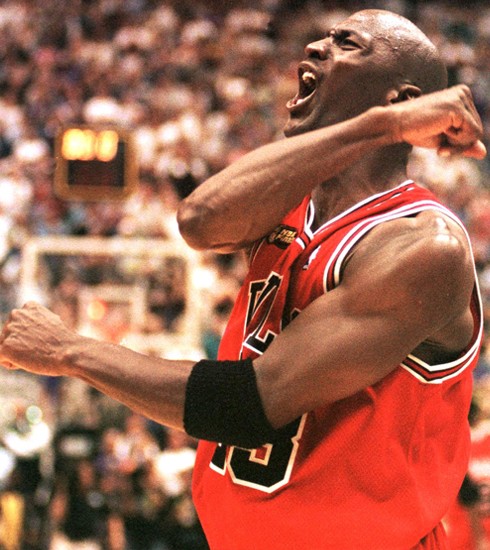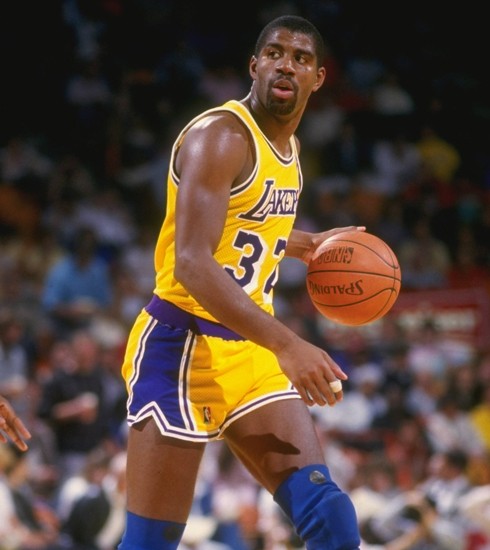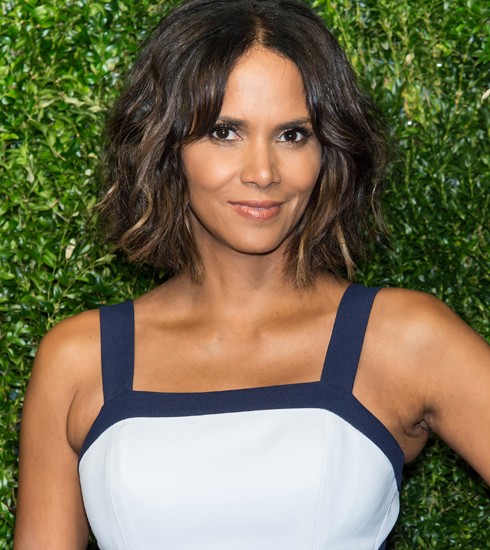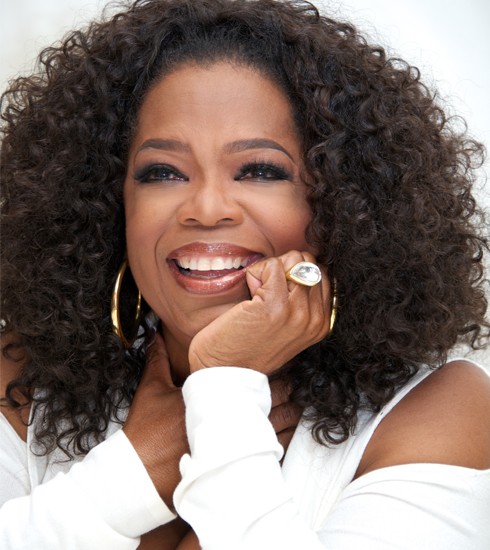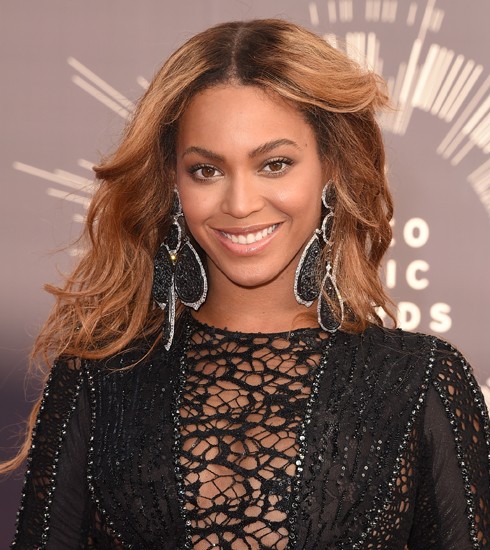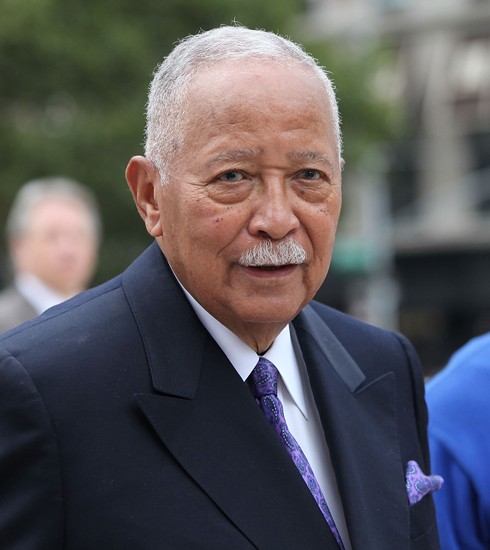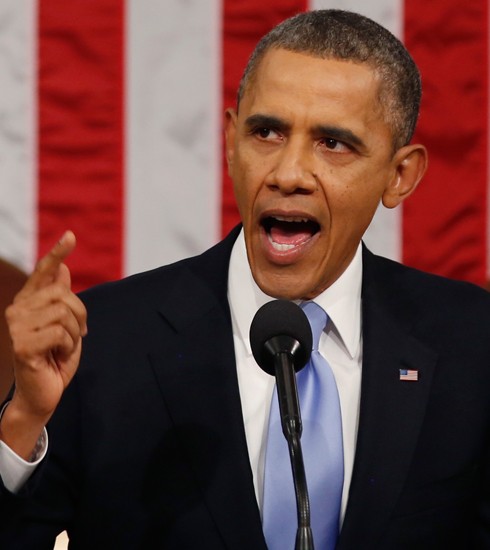Look at any facet of society—from sports to science to music—and it becomes clear that life is not a one-size-fits-all experience. The story of our culture is cumulative, building on what came before. We must look to the past as both a building block for the future and as a cheat sheet for pitfalls to avoid as society moves forward. While names of early-day revolutionaries are most often relegated to history books, without the achievements (and yes, the mistakes) of our ancestors, the world as we know it would be a much different place. Would Beyoncé exist if Ella Fitzgerald hadn’t? Would Barack Obama be President Barack Obama were it not for Frederick Douglass?
Regardless of religion, gender, politics, or race we are all connected. Despite the many injustices that have been forced upon humanity over the past four centuries, we have learned that the history of America depends upon every population inhabited within. To celebrate this connection, highlighted below are the most inspirational black trailblazers that have shaped America’s history for the betterment of its future.
Michael Jordan
While his various NBA Championship and MVP wins certainly attest to his athletic talent, Michael Jordan’s indestructible perseverance enabled him to connect to a generation of young people during his rise to the top. Famously rejected by his high school varsity team as a sophomore—at just shy of six-feet, he was too short to play—Jordan grew four inches the next year and practiced nonstop. During his senior year, he was selected for the McDonald’s All-American Team. He went on to earn a scholarship to the University of North Carolina at Chapel Hill, joining the Chicago Bulls shortly after graduating.
But MJ was much more than a star player: He served as an example of the power of determination. Jordan also became a one-man business empire, garnering popularity for the new “athlete-entrepreneur.” As recently as 2010, Forbes named Jordan—who now owns the Charlotte Hornets—the world’s 20th most powerful celebrity and in 2014 he became the NBA’s first player-turned-billionaire.
Magic Johnson
Though Magic Johnson’s NBA career began a full five years before Michael Jordan entered the picture, the two star athletes were key figures in reviving interest in the NBA during the 1990s. Their on-court matchups drew spectators in record numbers, particularly when the pair faced off during the 1991 NBA Finals. This marked Jordan’s first appearance in the Finals and Johnson’s last. In the lead-up to the next season, Johnson tested positive for HIV during a routine physical, leading him to announce his retirement from the Los Angeles Lakers, effective immediately.
When Johnson was selected to compete in the 1992 NBA All-Star Game, several players voiced their concerns about being at risk for contracting the disease should Johnson suffer an injury on the court. Even in the face of adversity, Johnson played and was awarded the game’s MVP after leading his team to victory with 25 points, nine assists, and five rebounds. In 1994, Johnson returned to the Lakers as a coach and resumed his role as player briefly in 1996. Johnson began the Magic Johnson Foundation after his diagnosis. The organization educates the public on HIV and aids in securing new research, with the goal of preventing discrimination against HIV and AIDS-positive individuals. More than 20 years after his own diagnosis, Johnson’s HIV has not progressed.
Halle Berry
Though Halle Berry got her start playing a model (which she was) in the short-lived 1989 television series Living Dolls—a spinoff of Who’s the Boss?— Berry has proven herself as more than just a pretty face. In 1991, the Cleveland native made her big-screen debut as Vivian, the crack-addicted girlfriend of Samuel L. Jackson’s Gator, in Spike Lee’s Jungle Fever. In 1999, Berry produced and starred in Introducing Dorothy Dandridge, an HBO biopic of the legendary entertainer that earned Berry her first Golden Globe nomination and win.
In 2002, Berry followed in Dandridge’s footsteps when she became the first African-American woman to win a Best Actress Oscar for her heartbreaking turn in Monster’s Ball. While accepting her award, Berry began by stating, “This moment is so much bigger than me. This moment is for Dorothy Dandridge, Lena Horne, Diahann Carroll. It's for the women that stand beside me, Jada Pinkett, Angela Bassett, Vivica Fox. And it’s for every nameless, faceless woman of color that now has a chance because this door tonight has been opened.” Berry’s Oscar win paved the way for Jennifer Hudson, Mo’Nique, Octavia Spencer, and Lupita Nyong’o to win Oscars for Best Supporting Actress.
Oprah Winfrey
Born to an unwed teenage mother in 1954, Winfrey grew up in poverty, moving back and forth between her mother and grandmother throughout her formative years and suffering sexual abuse at the hands of a cousin, uncle, and family friend until she eventually ran away from home at the age of 14. Though such conditions would be devastating for anyone, Winfrey developed a talent for winning people over at a young age and used that to persevere, leading to a lifetime of firsts. She won the Miss Black Tennessee beauty pageant, which got her a gig reading the news at a local radio station while she was still in high school. Later, an oratory contest earned her a full scholarship to Tennessee State University, where she majored in communications. It didn’t take long for bigger opportunities to come about. A career as the youngest news anchor and first black female anchor in Nashville led to The Oprah Winfrey Show by 1986, establishing Winfrey as the first black female television host.
It also turned Winfrey into a millionaire. Winfrey began branching out into other mediums—producing and starring in films like The Color Purple (for which she earned an Oscar nomination), launching O, The Oprah Magazine, Oprah.com, and Oprah Radio, and co-founding the Oxygen television network—earning her the nickname “Queen of All Media.” In 2003, Winfrey officially became America’s first female billionaire, using her considerable assets to become one of the world’s most generous philanthropists. Among many other causes, Winfrey invested $40 million in the Oprah Winfrey Leadership Academy for Girls in South Africa to provide young women from disadvantaged backgrounds with the tools they need to succeed—a program that Nelson Mandela wrote about in Time magazine: “The school is important because it will change the trajectory of these girls’ lives and it will brighten the future of all women in South Africa.”
RUN-D.M.C.
The Hollis, Queens trio consisting of Run Simmons, Darryl “D.M.C.” McDaniels, and Jam Master Jay Mizell were the first rap group to appear on MTV, perform on Saturday Night Live, and land on the cover of Rolling Stone. Though they’re often lumped in with old-school hip-hop artists like The Sugar Hill Gang, Grandmaster Flash, Fab Five Freddy, and Kurtis Blow, RUN-D.M.C. is responsible for taking hip-hop away from the old school style. In many ways, the group helped legitimize the genre as the first hip-hop group to have a gold album—the self-titled 1984 debut, the first platinum album—1985’s King of Rock, and the first multiplatinum album —1986’s Raising Hell (which also earned them a Grammy nomination—another first for hip-hop).
In 1986, at the urging of record producer Rick Rubin, RUN-D.M.C. pushed genre boundaries even further by collaborating with Aerosmith on a hip hop/rock hybrid cover of the rockers’ 1975 hit “Walk this Way.” The song and its video were a game-changer in the music industry, breaking down the wall—both literally and figuratively—between two musical genres that once seemed at odds with one another.
Beyoncé Knowles
There are few people who seem to have the world figured out as well as Beyoncé Knowles, who has accomplished more in her 33 years on this planet than other musicians could hope for in a lifetime. In the late 1990s, Beyoncé emerged as part of the all African-American group Destiny’s Child, which became one of the most successful girl-groups of all time. When the band announced a hiatus in 2001, Beyoncé did what any free agent would do and recorded a solo album, 2003’s Dangerously in Love. The album earned six Grammys in 2010—a single-night win record for a female artist (until Adele tied her in 2012).
Queen Bey now describes herself as a “modern-day feminist.” “I do believe in equality,” she told British Vogue in 2013. “I’m just a woman and I love being a woman… I do believe in equality and that we have a way to go and it’s something that’s pushed aside and something that we have been conditioned to accept.” This explains why so many of Beyoncé’s songs are focused on female empowerment—she lists Josephine Baker, Diana Ross, Whitney Houston, Lauryn Hill, and Michelle Obama as women who have influenced her and her music. In December, Knowles became the youngest recording artist to ever appear on the Wealth-X list of the richest recording artists. In 2005, Knowles and her former Destiny’s Child bandmate Kelly Rowland founded the Survivor Foundation to provide transitional housing in the Houston area for those displaced by Hurricane Katrina. She has also dedicated her time and talents to raising money and awareness for Haiti, Gucci’s “Chime for Change” female empowerment project, and worldwide hunger.
David Dinkins
David Dinkins established himself as a leader from a young age. Born in Trenton, New Jersey in 1927, Dinkins graduated high school in the top 10 percent of his class and went on to study mathematics at Howard University, where he graduated cum laude in 1950. During WWII, he served with the Montford Point Marines, who were awarded a Congressional Gold Medal of Honor for their service in 2013. In an interview with MSNBC, Dinkins talked about how the Marines prepared him for the road ahead: “The way to survive is to be well-trained. And the way to be well-trained is to be a Marine,” he explained, noting that joining up “was one of the smartest things I’ve ever done.” Dinkins enrolled in Brooklyn Law School in 1953, sparking his interest in Democratic politics. Dinkins rose through the ranks of Democrats in Harlem and in 1965 was elected to the state assembly. He followed this with appointments as the president of elections for New York City, city clerk, Manhattan borough president, and finally—and most famously—as the 106th Mayor of New York City from 1990 to 1993, making him the first (and only) black politician to hold that office.
Dinkins’ timing could not have been more appropriate, as the city was in the midst of serious racial tensions following charges of corruption against Dinkins’ predecessor, Ed Koch, and criticism of the way in which his administration handled issues related to race. Under Dinkins’ watch and his Safe Streets, Safe Cities program, the city saw an historic decline in crime in virtually every sector. He helped to improve the economy with the introduction of such now-iconic events as Fashion Week, Restaurant Week, and Broadway on Broadway. Though he remains an active supporter of the Democratic party, Dinkins is now helping to inspire the next generation as a professor in the Practice of Public Affairs at Columbia University.
Barack Obama
It’s hard to believe that President Barack Obama is less than two decades into his political career. At the age of 53, the 44th President of the United States has already accomplished more in his career than many other politicians could even aspire to—but even a quick glance at his resume makes it clear that the Honolulu-born politician was a natural born leader.
A graduate of Columbia University and Harvard Law School, President Obama became the first African American president of the Harvard Law Review, a fact that gained the future-POTUS major media attention and eventually a contract to write a memoir, 1995’s Dreams for My Father. At this point, President Obama was already working as a civil rights attorney in Chicago, where he also taught constitutional law at the University of Chicago Law School. In 1997, he began his first of three terms in the Illinois Senate. Though he lost a bid for a seat in the United States House of Representatives in 2000, President Obama pressed on. He again gained national attention when he earned a place in the U.S. Senate in 2004 and gave the keynote address at the Democratic National Convention that summer. This time, it wasn’t just fellow politicians that took notice of this ambitious young idealist—the public noticed, too. Four short years later the Senator from Illinois took office as America’s first African American President, inspiring a generation of young, would-be voters in the process.
